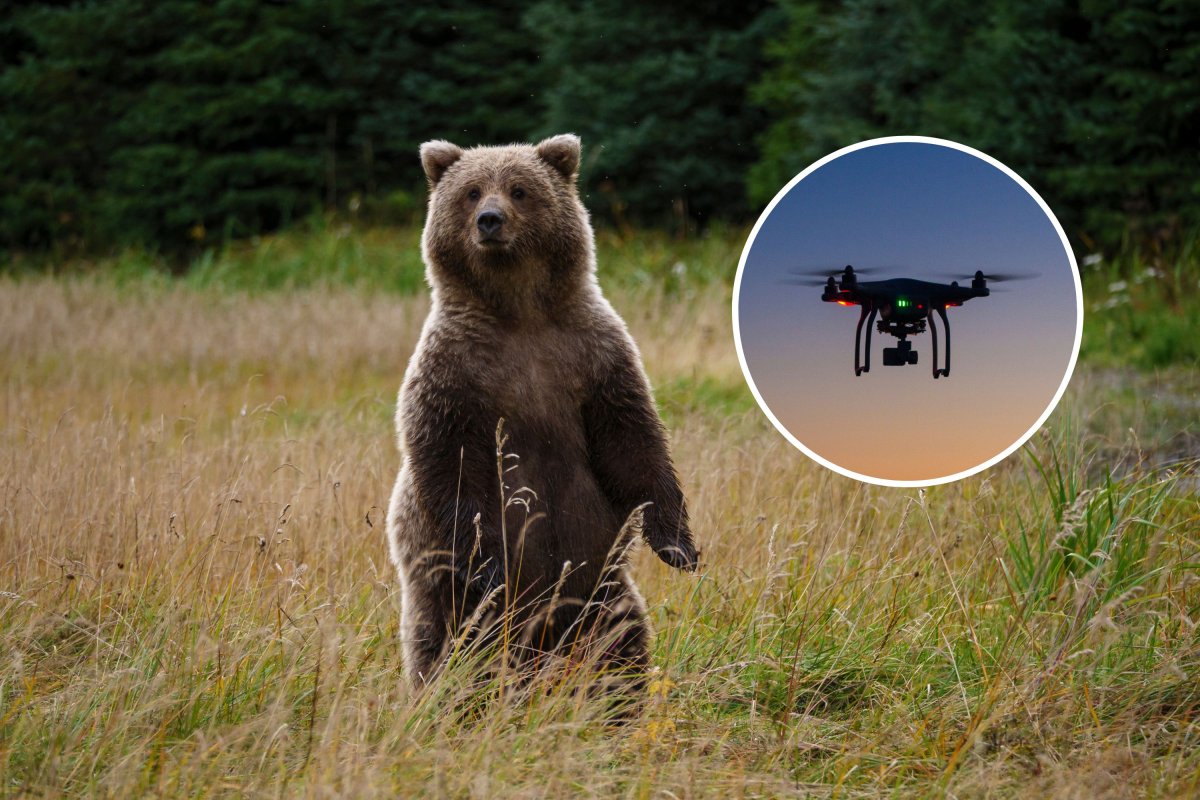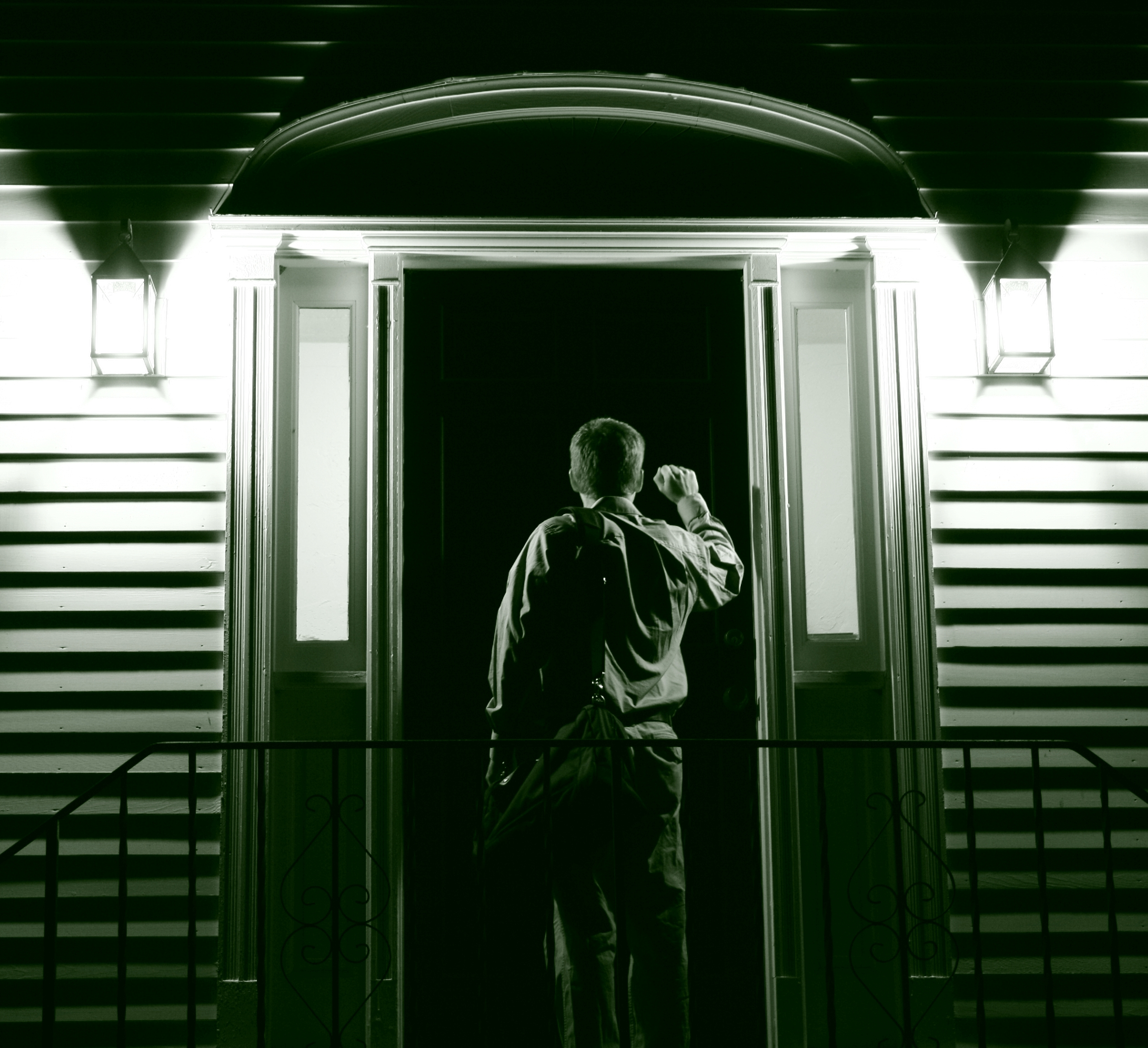Remote-controlled drones could be used to scare away bears without having to shoot at them, an expert has suggested.
This could help reduce human-wildlife conflict with grizzly bears, according to a new paper in the journal Frontiers in Conservation Science.
"Human-wildlife conflict can result in harm to people and their livelihoods, and frequently ends in reduced tolerance for species and/or removal of animals," study author Wesley M Sarmento of the Montana Department of Fish, Wildlife and Parks wrote in his paper.
Grizzly bears were once widespread across most of western North America, but their range has drastically reduced due to habitat loss, hunting, and human expansion.

Human-animal conflict with grizzly bears is a significant issue in areas where their habitats overlap with human activity.
Grizzlies are opportunistic feeders and are drawn to easily accessible food like garbage, livestock, bird feeders, pet food, crops, or improperly stored camping supplies.
Bears that become accustomed to human food are often labeled as "problem bears" and may repeatedly return to human areas. This can lead to attacks on livestock or damage to property, and even attacks on humans.
In the paper, Sarmento describes how he spent six years testing how effective various methods were at scaring away grizzlies in Montana—including dogs, projectiles and chasing in cars or with drones.
"These various hazing techniques were successful at stopping undesirable bear behaviors and caused a significant increase in avoidance behavior and distance to human infrastructure," he wrote.
Overall, he found that drones performed best of any of the other "hazing" techniques.
"Drones outperformed other hazing techniques where the odds of a pursuit of a bear being possible increased 127 percent relative to vehicular chasing, due to accessibility issues," Sarmento said
"Relative to vehicular pursuit, dogs required high maintenance and had an 86 percent reduction in the odds a hazing event would be successful relative to vehicular pursuit."
He also found that the bears learned to stay away from areas where they had been hazed, due to something called "aversive conditioning."
"Older bears required less hazing, and the number of hazing events declined over each calendar year—evidence that long term aversive conditioning was occurring. Bears appeared to learn to stay away from people," Sarmento noted in an editorial also being published in the Frontiers in Conservation Science.
"The aversive conditioning likely prevented some conflicts from occurring, which meant bears would be less likely to get into trouble. It was a win–win."
Overall, Sarmento said that the drones were an overwhelming success in scaring away the bears, and hopes that they could be used in the future to reduce human–animal conflict.
"Equipped with a highly maneuverable, buzzing drone I was scattering bears with accuracy. I could precisely chase bears exactly where I wanted them—all from the safety and comfort of my truck," he said.
"The unmanned aerial vehicle was exactly the magic tool that I had been needing. With the drone I was no longer limited by fences, canals, and other obstacles that would've stopped me or limited my range with the other tools."
"Even at night, I could find bears from afar with the thermal camera, and then fly in closer to move them away from towns, homes, and livestock. The drone was such an asset that I couldn't imagine doing the job without it."
Do you have a tip on a science story that Newsweek should be covering? Do you have a question about bears? Let us know via science@newsweek.com.
References
Sarmento, W. (2024). Drones outperform dogs for hazing bears: A comparison of carnivore aversive conditioning tools. Frontiers in Conservation Science, 5. https://doi.org/10.3389/fcosc.2024.1478450
Sarmento, W. (2025). Drones could be the 'magic tools' we need to chase bears away from people. Frontiers. https://frontiersin.org/news/2025/01/27/drones-haze-bears-wesley-sarmento




















 English (US) ·
English (US) ·